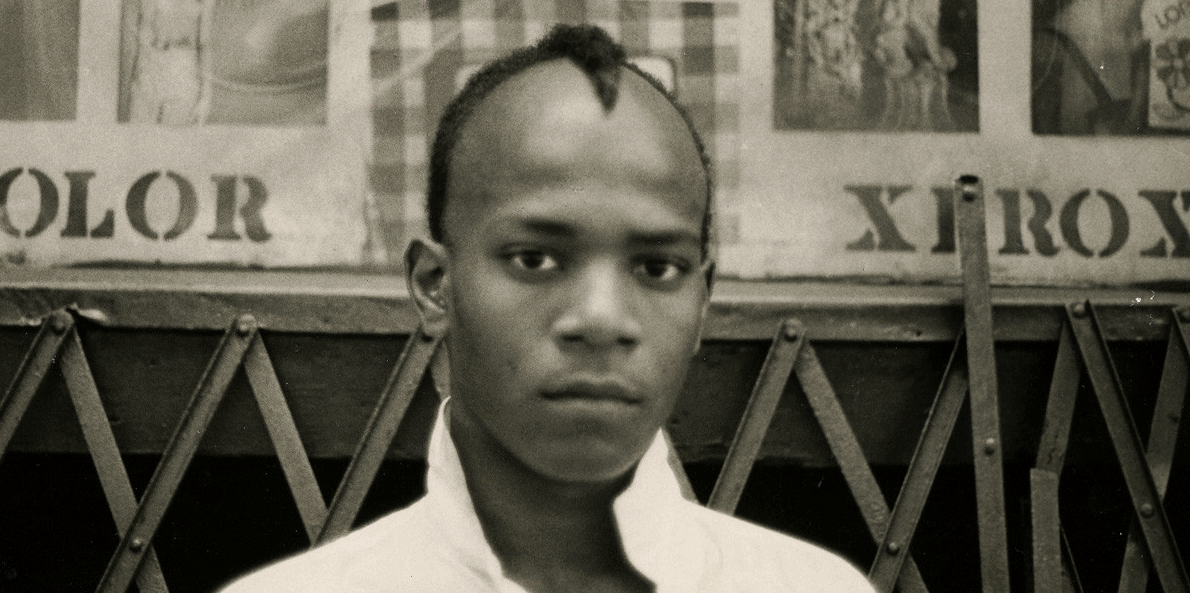The beautiful, decaying world of Jean-Michel Basquiat.
Basquiat’s New York of the 70s and 80s was a decaying one: the Vietnam War raged on, President Nixon had undermined the people’s faith in the government, coke and heroin continued to rob lives from Downtown and Wall Street. But Basquiat immersed himself completely and willingly into a city that seemed to be crumbling for good. He was a product of his time and place; inspired by subways, vandalism, drugs, and a powerful, overwhelming sense of disorientation.
Sara Driver’s documentary, Boom for Real, chronicles the rapid rise and fall of Jean-Michel Basquiat. He was an artist who knew what he wanted—fame—and knew how to get it. In an art world dominated by white elites, the Haitian/Puerto Rican descendent did not wait to be appointed in the art world: he rammed head-first into the art scene. Driver compiles photographs, video footages, and interviews, that reveal a glimpse into the life of Basquiat before Basquiat. The short feature film exposes his numerous lovers, his cunning ambition, his racial confrontations, and his undeniable, artistic charm.
Graffiti tagging had become something like a cult activity by the late 70s. It was during this time Basquiat also started spray-painting a series of provoking messages under the tag name SAMO©, a name he shared with his High School friend Al Diaz. These messages were confrontational, sonorous, and interrogative. People started recognizing SAMO everywhere. “It was disjointed street poetry,” Art critic Jeffrey Deitch recalls, “Back in the late seventies, you couldn’t go anywhere interesting in Lower Manhattan without noticing that someone named SAMO had been there first.”
He was never not creating art; creativity and execution came to him like the natural flow of daily life. His fame may have blossomed overnight; but his vision, self-training, and inquisitiveness was deep-rooted and protracted.
Influenced by artists such as Pablo Picasso, Cy Twombly, and Jean Dubuffet, Basquiat was insistent on maintaining and preserving his child-like hand. His artworks were primitive, yet calculated; chaotic, yet organized. For him to have achieved such an acclaim as an African American against a white background ironically made him even more commodifiable, more commercialized. His instant shot to fame and wealth would feed his insatiable craving for drugs, rendering him as an artist maudit, seduced by drugs and cursed by early death.
We screened the film at the 2017 New York Film Festival.


